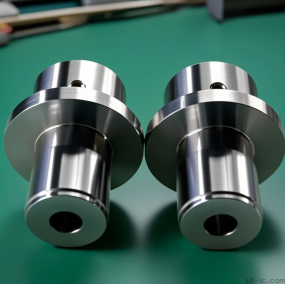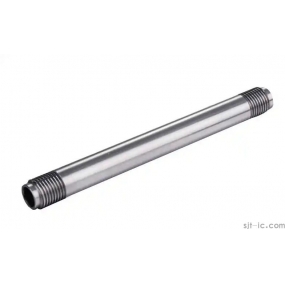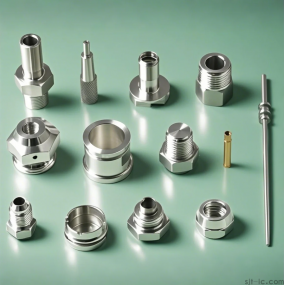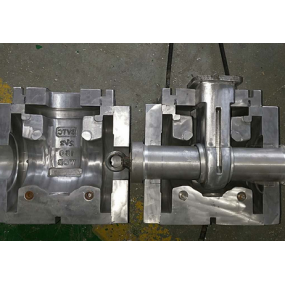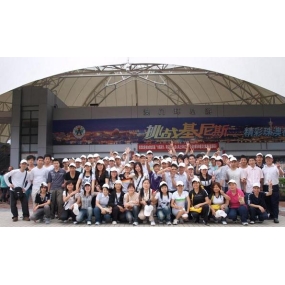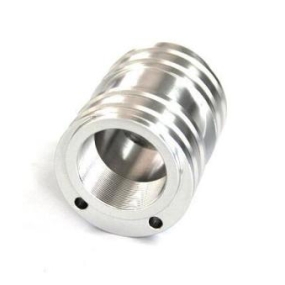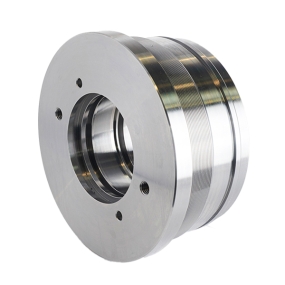Hey there, fellow engineers and procurement pros! 👋 Are you tired of hitting a wall when you need just a small batch of high-precision stainless steel parts? You know the struggle: large suppliers aren't interested, and smaller shops can't guarantee the quality. It feels like you're stuck between a rock and a hard place. This guide is here to cut through the noise and give you the straight talk on navigating small-scale CNC Machining for your custom stainless components. Let's dive right in.
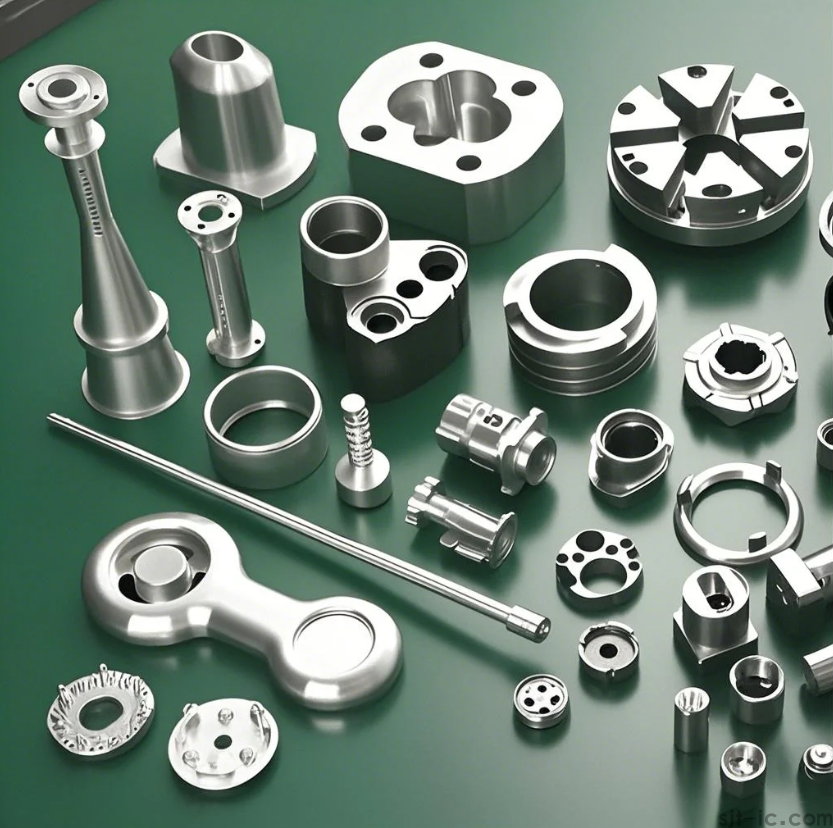
What Exactly is Small-Scale Stainless Steel CNC Machining?
At its heart, it's about using computer-controlled machines to create custom stainless steel parts in lower volumes. Think prototypes, specialized components for machinery, or limited-run products. Unlike mass production, the focus here is on flexibility, precision, and accessibility for projects that don't require thousands of pieces. It's the go-to solution when you need something made exactly to your specs, without the massive order commitment.
Why Choose Stainless Steel for Your Small Parts? 🤔
Stainless steel isn't just shiny; it's a workhorse. For small parts, its corrosion resistance is a huge win, meaning your components last longer even in tough environments. Its incredible strength ensures that even a tiny part can handle significant stress. Plus, it has a clean, professional look that's hard to beat. However, it's not all smooth sailing. Stainless steel can be tough on cutting tools, which is something we'll touch on later. But for durability and performance, it's often the top contender.
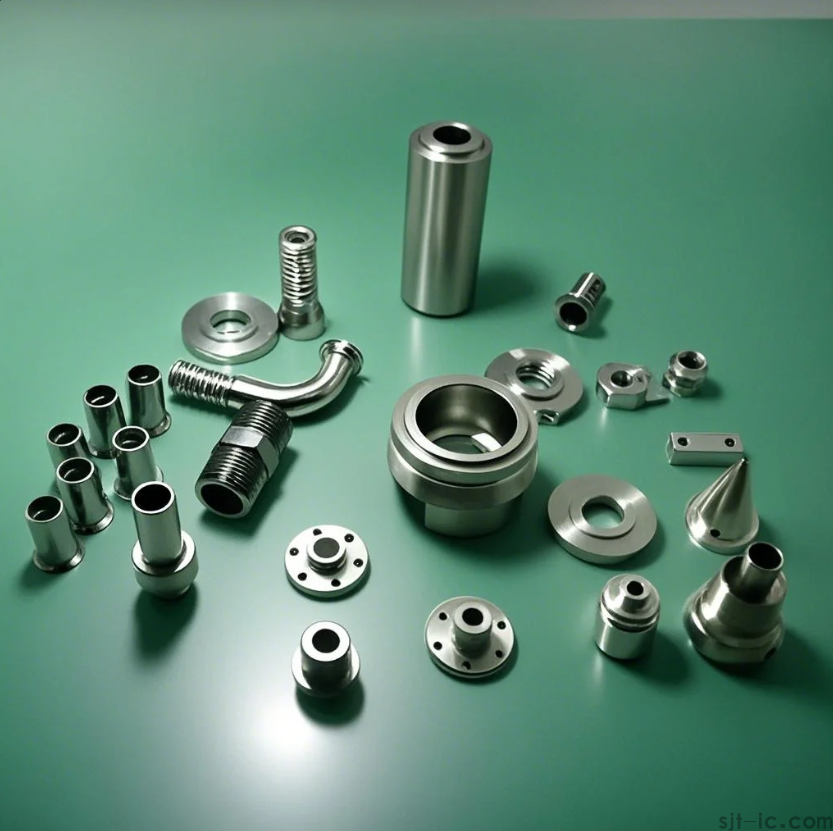
Key Considerations Before You Place Your Order
Jumping in without a plan? Not a good idea. Here are a few things to keep in mind:
1. Design for Manufacturability (Keep it Simple!): Complex designs with super sharp internal corners might look cool on screen, but they can be a nightmare to machine and drive up costs. Simplifying your design can save you time and money.
2. The Right Stainless Steel Grade: Not all stainless is the same. 304 is great for general use, while 316 offers better chemical resistance. For super high strength, 17-4 PH might be the answer. The specific mechanism of how different alloys behave during machining is a deep topic, but the key is to match the grade to your part's job.
3. Surface Finish Expectations: How smooth does it need to be? A standard machined finish is usually fine, but if you need a mirror polish or a special coating, that's an extra step. Communicate this clearly upfront!
Navigating the Challenges: It's Not Always Easy
Let's be real, machining stainless, especially in small sizes, has its hurdles. The material is tough and abrasive, which can lead to faster tool wear. This, in turn, might suggest higher costs compared to softer materials like aluminum. There's also the heat factor; too much heat during cutting can affect the material's properties. But hey, don't let that scare you off. An experienced machinist knows how to handle these issues with the right tools, coolants, and techniques. The exact science of heat dissipation in tiny parts is something even experts are still refining, but the practical solutions are well-established.
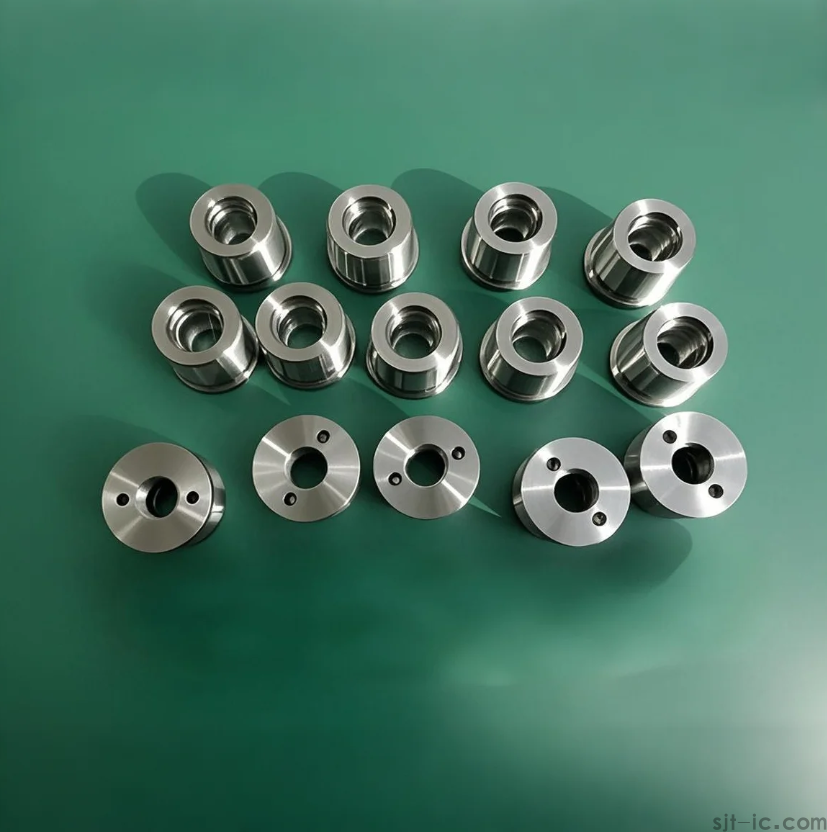
My Take: Building a Relationship with Your Machinist
From my experience, the biggest game-changer isn't just finding a supplier—it's finding a partner. For small-scale work, clear communication is everything. Don't just send a CAD file and disappear. Talk to them. Explain the part's function. A good machinist can spot potential problems in your design and suggest tweaks that make it stronger, cheaper, or easier to produce. This collaboration often leads to a better final product and a smoother process for everyone involved. It’s a partnership, not just a transaction.
So, there you have it. Getting small stainless steel parts CNC machined is totally feasible if you approach it with the right knowledge and the right partner. It's all about smart planning and clear communication. Hope this helps you get your next project off the ground! 🚀


 Spanish
Spanish Arabic
Arabic French
French Portuguese
Portuguese Belarusian
Belarusian Japanese
Japanese Russian
Russian Malay
Malay Icelandic
Icelandic Bulgarian
Bulgarian Azerbaijani
Azerbaijani Estonian
Estonian Irish
Irish Polish
Polish Persian
Persian Boolean
Boolean Danish
Danish German
German Filipino
Filipino Finnish
Finnish Korean
Korean Dutch
Dutch Galician
Galician Catalan
Catalan Czech
Czech Croatian
Croatian Latin
Latin Latvian
Latvian Romanian
Romanian Maltese
Maltese Macedonian
Macedonian Norwegian
Norwegian Swedish
Swedish Serbian
Serbian Slovak
Slovak Slovenian
Slovenian Swahili
Swahili Thai
Thai Turkish
Turkish Welsh
Welsh Urdu
Urdu Ukrainian
Ukrainian Greek
Greek Hungarian
Hungarian Italian
Italian Yiddish
Yiddish Indonesian
Indonesian Vietnamese
Vietnamese Haitian Creole
Haitian Creole Spanish Basque
Spanish Basque


